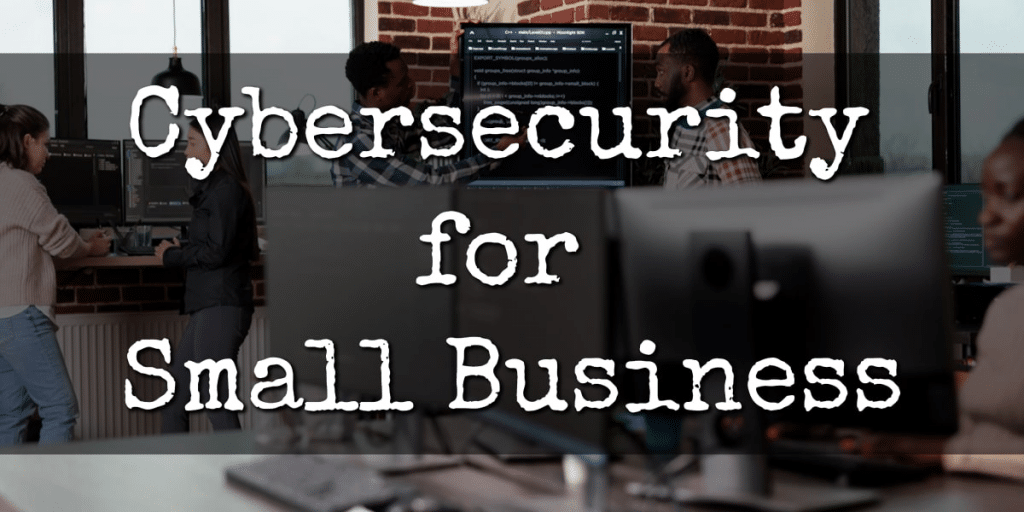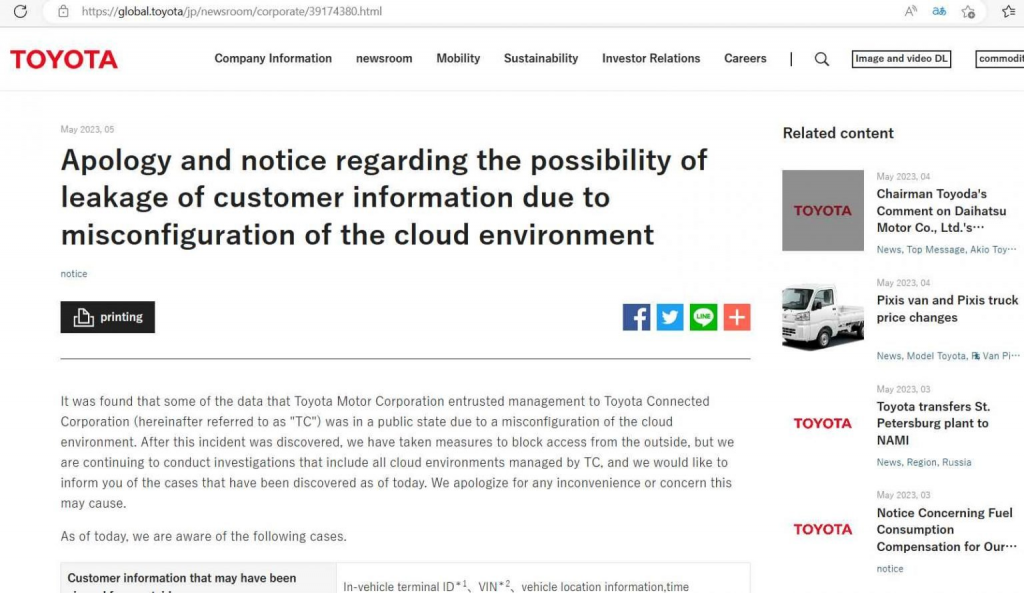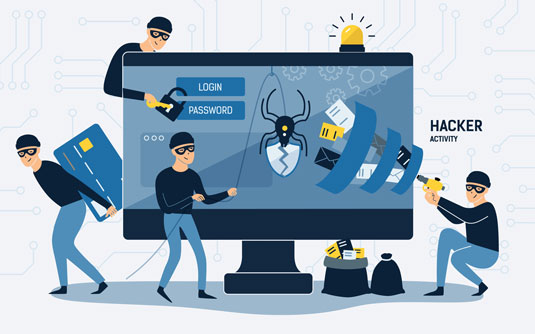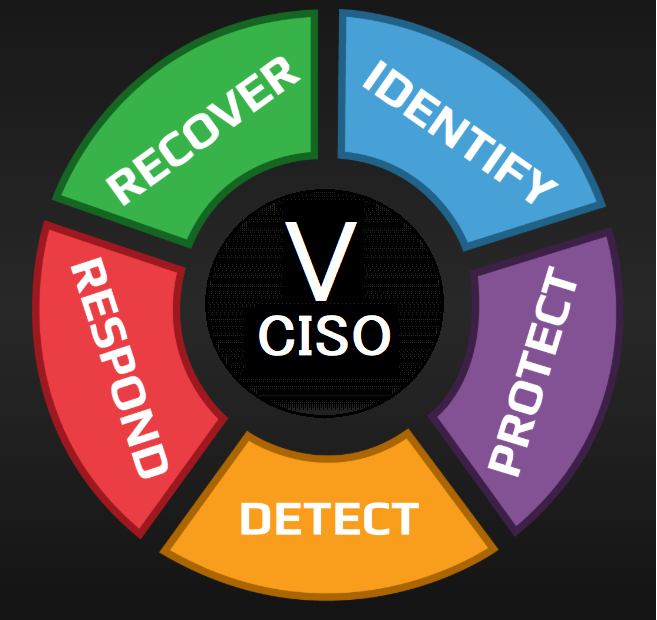
You Can’t Keep Up with Emerging Threats or Technologies
Business Impact: Staying ahead of emerging threats and technologies is essential for protecting your business from cyberattacks. Falling behind can leave your business vulnerable to breaches, resulting in data loss, financial damage, and reputational harm. A cybersecurity consultant can help you stay current and implement the latest defenses, ensuring your business remains secure and competitive.
Expectation: CEOs should expect cybersecurity consultants to provide continuous education and training programs for their staff, ensuring the team stays updated with the latest cybersecurity trends and technologies. This empowers employees to recognize and respond to threats more effectively and reinforces a culture of security within the organization.
You Need an Impartial Security Assessment
Business Impact: Internal disagreements about security protocols can lead to inefficiencies and increased risk. An impartial assessment from a cybersecurity consultant can provide clarity, help to align your team and ensure that security measures are effective and unbiased. This can lead to a more cohesive security strategy and a more robust overall security posture.
Expectation: CEOs should expect cybersecurity consultants to conduct regular third-party security audits. These audits maintain an unbiased perspective on the company’s cybersecurity posture, uncover hidden vulnerabilities, and ensure that security measures evolve with the changing threat landscape.
You’re Lacking Innovation in Your Security Strategies
Business Impact: Innovation in security strategies is vital to staying ahead of cyber threats. A consultant brings fresh perspectives and innovative solutions that can enhance your existing security measures, leading to improved efficiency and effectiveness. This can result in cost savings, better resource allocation, and a more robust defense against cyber threats.
Expectation: CEOs should expect consultants to help establish a dedicated innovation team within the security department. This team should explore and integrate new technologies and methodologies, collaborating with the consultants to bring cutting-edge solutions to the organization.
You’re Unable to Meet Your Security Goals
Business Impact: Failing to meet security goals can expose your business to risks and hinder growth. A consultant can help identify the root causes of these challenges and provide actionable insights to achieve your objectives. Meeting security goals can enhance your business’s credibility, reduce the risk of breaches, and support overall business growth.
Expectation: CEOs should expect cybersecurity consultants to implement a structured framework like the NIST Cybersecurity Framework. This framework guides the security strategy and goal-setting processes, helping to identify gaps, set realistic goals, and track progress effectively.
Your Business Isn’t Growing, and You Don’t Know Why
Business Impact: Stagnant growth can indicate underlying security issues that are not immediately apparent. A cybersecurity consultant can conduct a thorough analysis to uncover hidden problems and provide solutions. Addressing these issues can remove barriers to growth, improve operational efficiency, and enhance your business’s financial performance.
Expectation: CEOs should expect cybersecurity consultants to perform a comprehensive security health check during the business strategy review. This health check identifies unseen security issues that may be hindering growth, and addressing them can streamline operations and enhance overall performance.
You’re Stalling on Implementing New Security Measures
Business Impact: Delaying important security initiatives can leave your business vulnerable and impede progress. A consultant can provide the expertise and resources needed to implement new security measures promptly. This can improve your security posture, reduce risk, and enable you to confidently take advantage of new business opportunities.
Expectation: CEOs should expect cybersecurity consultants to develop a clear, phased implementation plan for new security measures, prioritizing critical vulnerabilities first. This plan should include milestones and timelines to ensure steady progress and accountability.
You’re Working Outside Your Expertise
Business Impact: Focusing on areas outside your expertise can lead to suboptimal decisions and wasted resources. By hiring a cybersecurity consultant, you can ensure that specialized tasks are handled by experts, allowing you to focus on your strengths. This can lead to better decision-making, increased efficiency, and a higher quality of security measures.
Expectation: CEOs should expect cybersecurity consultants to establish a strategic partnership to handle specialized tasks. This ensures reliance on expert advice and services, allowing the CEO to focus on core business activities and leading to better overall outcomes.
You Lack In-House Security Expertise
Business Impact: A lack of in-house cybersecurity expertise can leave your business vulnerable to attacks and regulatory non-compliance. A consultant can fill this gap, providing the necessary skills and knowledge to protect your business. This can enhance your security posture, ensure compliance with industry regulations, and reduce the risk of costly breaches.
Expectation: CEOs should expect cybersecurity consultants to help implement an MSSP to supplement in-house capabilities. An MSSP provides continuous monitoring, threat detection, and response services, ensuring robust security even with limited internal resources.
You Have Tunnel Vision Regarding Security Issues
Business Impact: Working too closely on security problems can limit your perspective and lead to missed solutions. A consultant brings fresh eyes and can identify issues and solutions you might overlook. This can lead to more effective problem-solving, reduced risk, and improved overall security.
Expectation: CEOs should expect cybersecurity consultants to host regular brainstorming sessions with cross-functional teams. These sessions encourage diverse insights into security challenges, helping to uncover innovative solutions and prevent oversight.
You’re Working on a Time-Sensitive Security Project
Business Impact: Urgent security projects require expertise and efficiency to ensure success. A consultant can provide support to meet tight deadlines and achieve project goals.
Expectation: CEOs should expect cybersecurity consultants to utilize project management tools and methodologies like Agile to manage time-sensitive security projects efficiently. These tools streamline workflows, enhance collaboration, and meet critical deadlines without compromising quality.
FAQ’s
How do you verify the credentials and experience of a cybersecurity consultant?
To verify a cybersecurity consultant’s credentials and experience, you can:
- Check Certifications: Look for reputable certifications like CISSP, CISM, CEH, or others recognized in the industry.
- Review Past Projects: Ask for case studies or examples of past work that demonstrate their ability to handle challenges similar to yours.
- Seek References: Contact previous clients to get feedback on their experiences with the consultant.
- Interview Thoroughly: Conduct in-depth interviews to assess their knowledge, approach, and how they keep up with industry changes.
- Assess Continuous Learning: Inquire about their commitment to ongoing education and professional development.
What are the typical costs associated with hiring a cybersecurity consultant?
The cost can vary widely based on factors such as the scope of work, the consultant’s experience, and the duration of the engagement. Typical costs might include:
- Hourly Rates: Ranging from $150 to $500+ per hour.
- Project-Based Fees: Project fees can range from a few thousand dollars to hundreds of thousands, depending on the complexity.
- Retainer Agreements: Monthly retainers can range from $5,000 to $20,000 or more for ongoing support.
- Discussing and agreeing on the fee structure upfront is essential to ensure it aligns with your budget and expectations.
What are the common red flags when interviewing potential cybersecurity consultants?
Some red flags to watch out for include:
- Lack of Specific Experience: They must provide detailed examples of past projects or relevant experience.
- Overemphasis on Certifications: While important, certifications alone don’t guarantee practical expertise.
- Poor Communication Skills: Inability to clearly explain complex concepts or their approach to your specific issues.
- Vague proposals lack details about how they will address your needs or what deliverables you can expect.
- Unrealistic Promises: Guarantees of absolute security or immediate fixes are often unrealistic and should be scrutinized.
Can you provide examples of successful cybersecurity consultant engagements?
Examples of successful engagements include:
- Incident Response: A consultant helped a mid-sized company recover from a ransomware attack by quickly identifying the breach, containing the threat, and restoring data from backups, minimizing downtime and data loss.
- Security Program Development: A consultant worked with a healthcare provider to develop a comprehensive security program, achieving regulatory compliance and significantly reducing the risk of data breaches.
- Vulnerability Assessment: For a financial services firm, a consultant conducted a thorough vulnerability assessment, identifying and addressing critical security gaps that previously went unnoticed, enhancing overall security posture.
.
How do cybersecurity consultants stay updated on the latest threats and technologies?
Cybersecurity consultants stay current by:
- Continuous Education: Regularly attend training sessions and webinars and obtain advanced certifications.
- Professional Networks: Being active in professional organizations like (ISC)², ISACA, and others, which offer resources and networking opportunities.
- Industry Conferences: Participating in conferences such as Black Hat, DEF CON, and RSA Conference to learn about the latest trends and technologies.
- Research and Publications: I read industry publications and research papers and participated in cybersecurity forums and discussions.
Hands-On Experience: Engaging in ongoing practical work and simulations to apply new techniques and tools in real-world scenarios.
- This commitment to continuous learning ensures they can provide up-to-date and effective security solutions.
In what situations would a vCISO or CISOaaS service be appropriate?
CyberSecurity Consultants Playbook
InfoSec services | InfoSec books | Follow our blog | DISC llc is listed on The vCISO Directory | ISO 27k Chat bot




























